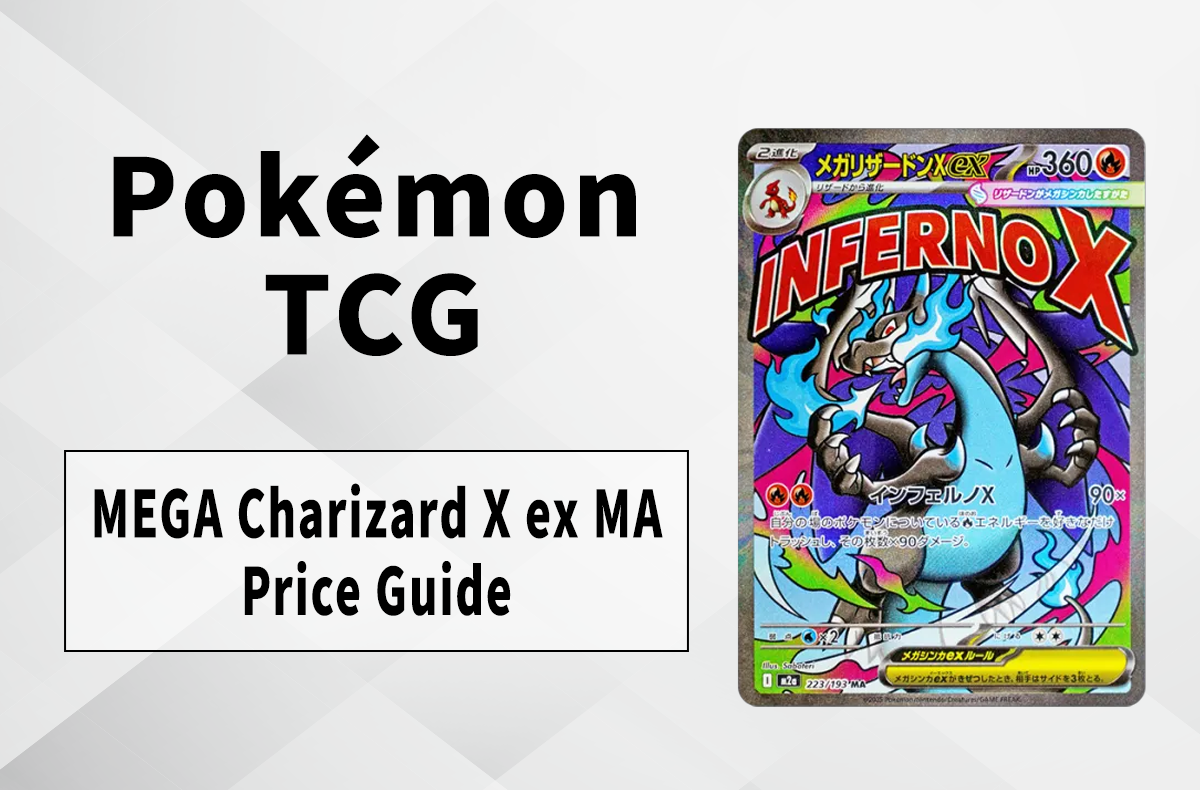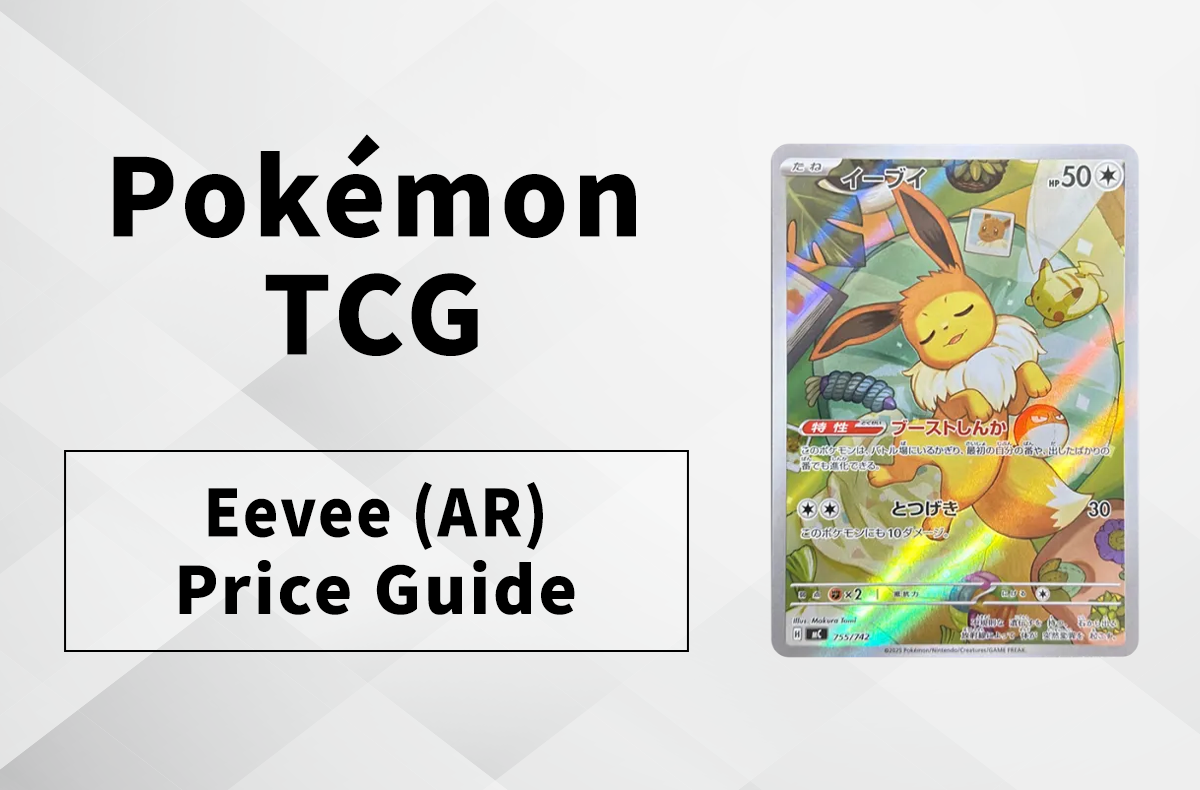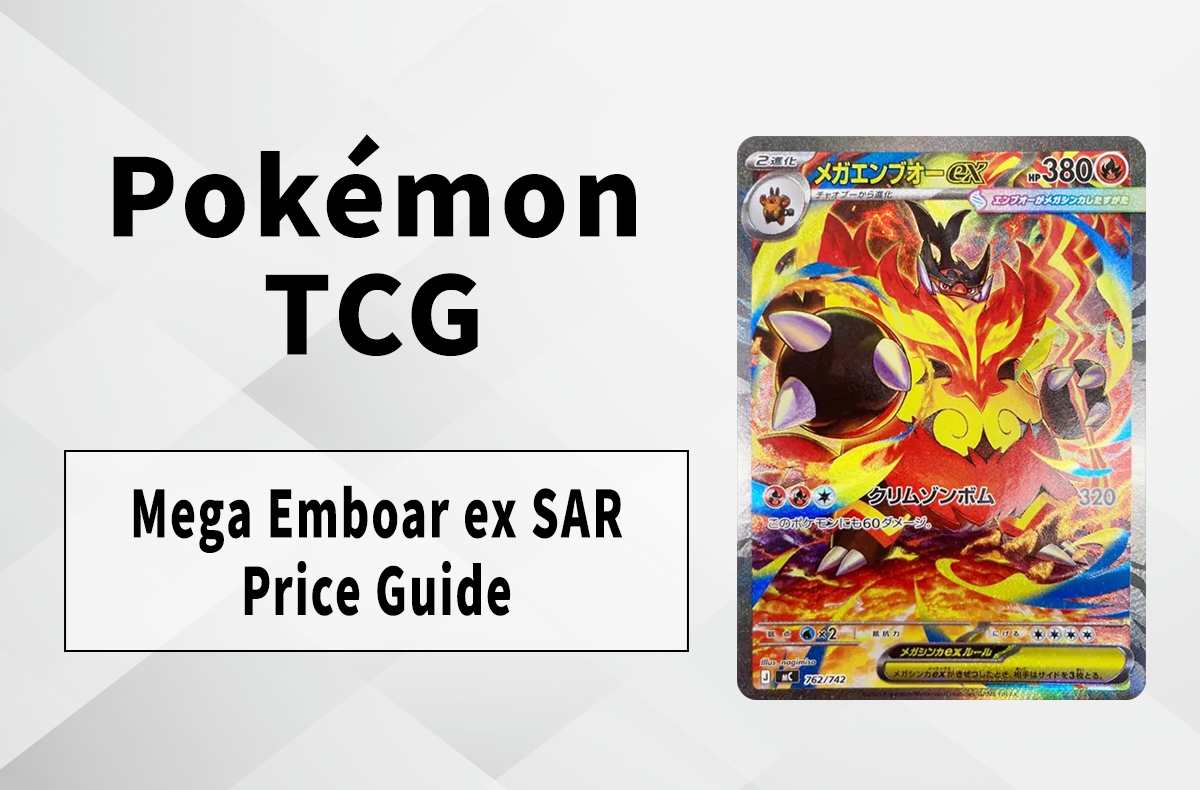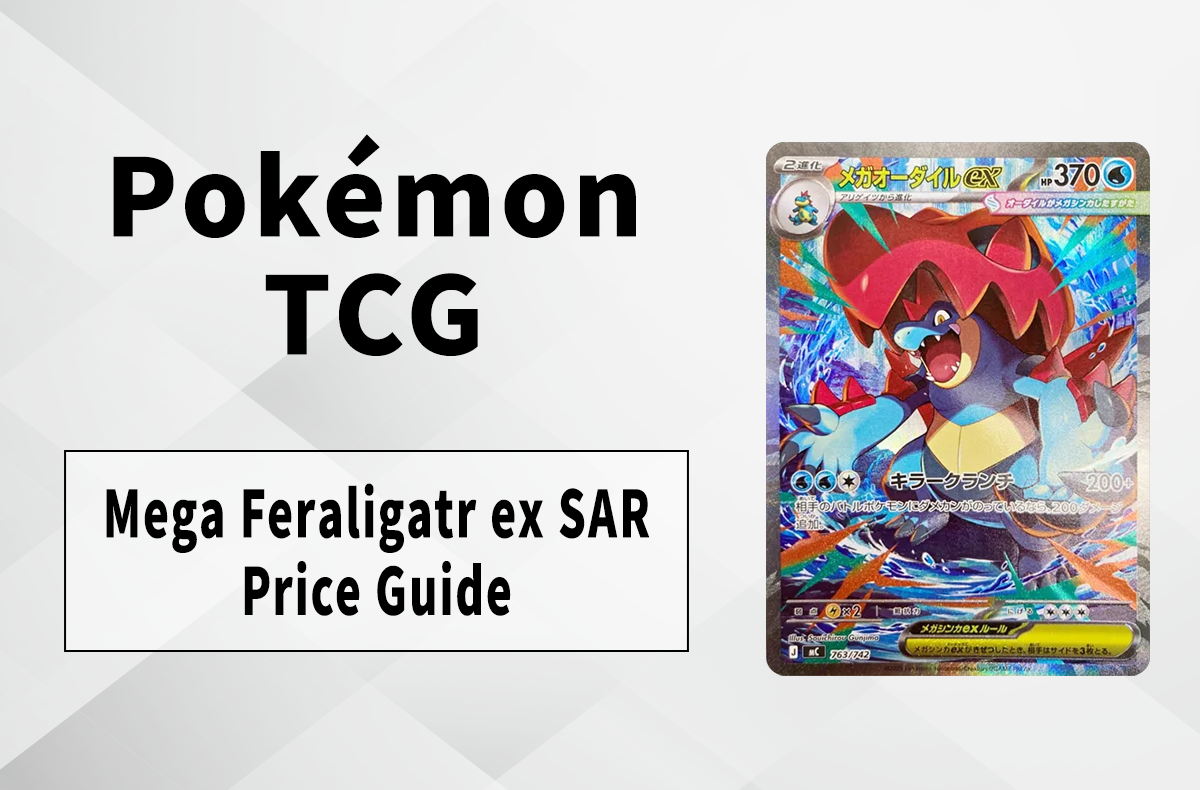Korean vs. Japanese Streetwear: What Sets Them Apart?
Join us as we explore the nuances and differences between each country's fashion style.
South Korea and Japan boast distinctive individualities in the realm of fashion, yet both hold a significant and shared influence within the dynamic streetwear scene.
Exploring the unique qualities of each side, you might find yourself curious about the experience of delving deeper into a side-by-side comparison. Well, wonder no more! We’ve carefully curated the nuances and differences between each country’s fashion style and present them to you below.
Overview

Korean fashion (left); Japanese fashion (right)
Before delving deeper, a glance at the fashion styles of Japan and South Korea reveals a marked preference for minimalist streetwear fashion. This inclination is mirrored in the societal image, emphasizing a clean and neat appearance, or in professional terms, being presentable.
While this might seem somewhat static in plain text, the reality is quite the opposite. These two countries have uniquely interpreted the concept, giving rise to sub-styles such as quiet luxury, cleanfit, and many more.
Brand Aesthetics

Japanese brands
In the realm of streetwear culture, graphic prints assume a crucial role in expressing the nuanced identity of a brand. It is in this arena that we begin to discern the subtle distinctions in each country’s style.
In Japan, designs often embrace an edgier aesthetic—think MASTERMIND’s skull motif, #FR2’s mascot, and BAPE’s iconic shark logo.
While this characteristic may not be ubiquitous across all streetwear brands, it’s notably prevalent in a few key players within the scene. This inclination could be influenced by the vibrant animé culture and the diverse array of subcultures found throughout the country, most notably in the iconic district of Harajuku.

Korean brands
On the flip side, South Korea embraces a casual and somewhat pop-oriented image. Given the significant influence of K-pop on the fashion landscape, the concept of “youth” becomes a pivotal element in designs tailored for a younger audience.
Consider Kirsh’s cherry logo, MAHAGRID’s cat-inspired illustrations, and ADLV’s playful baby prints as examples of this trend.
Silhouettes



Japanese streetwear
The role of shapes is pivotal in discerning the subtle distinctions between the fashion styles of Japan and South Korea.
In Japan, oversized fits take center stage in the country’s fashion landscape, characterized by balloon-shaped pants and generously cut shirts. This trend, epitomized by the City Boy aesthetics popularized in the iconic POPEYE magazine, not only imparts a casual yet trendy appearance but also incorporates a touch of Americana prep, skillfully avoiding a mere “oversized” label.



Korean streetwear
Conversely, South Korea leans towards a more classic fit, featuring straight-cut pants and well-fitted knits, among many. Notably, athleisure holds a significant place in South Korean fashion.
The widespread adoption of sweatpants as part of ensembles, along with the common occurrence of full sweatsuit looks, underscores the country’s unique style. This phenomenon is further reflected in the offerings of South Korean brands, each presenting their distinctive interpretation of this series.
Standout Styles



Japanese avant-garde streetwear
While fashion undoubtedly serves as a subjective form of self-expression, it’s essential to recognize the prevailing inclinations towards distinctive aesthetics in each country.
In Japan, avant-garde styles, deeply rooted in the rich history brought forth by influential designers like Yohji Yamamoto, Chitose Abe, and Rei Kawakubo, have not only evolved over time but have also witnessed crossovers with streetwear culture through collaborative endeavors.
These influences manifest in bold, striking designs, often accompanied by asymmetrical or drapey cuts in the garments.



Korean contemporary streetwear
Shifting our focus to South Korea, we observe a dynamic embrace of contemporary styles that effortlessly fuse with streetwear influences, evident in the innovative design elements involving materials, washes, and color palettes.
This results in a sophisticated look leaning towards the high-street aesthetics prominently offered by luxury brands.
ADER ERROR, Matin Kim, and WOOALONG stand as prime examples, exemplifying the distinctive synthesis of these elements.
While the aforementioned qualities capture some of the distinctive features of each country’s streetwear fashion, it’s important to acknowledge the difficulty in encapsulating an entire national aesthetic within a mere list.
Various subcultures, influences, and individual interpretations contribute to the rich tapestry of fashion within each country. In recent times, the fashion landscape has also evolved into a realm where inspiration knows no boundaries, transcending race and origins.
We hope that our summary has provided you with insight into the nuanced differences between Japanese and Korean streetwear fashion. Stay tuned to our magazine for exciting future releases from Japan and South Korea.
More SNKRDUNK Features:
Tips to Buy the Best Designer Sneaker Collaborations
World’s Trendsetting Metropolises: Top 8 Cities for Best Street Style Now
South Korean Streetwear Brands To Watch in 2024
2024 Sneaker Trends? Insights From Industry Insiders!
Most Anticipated Sneakers Coming Your Way in 2024
Sneaker Wars 2024: Which Brand Will Come Out on Top?










![[SNKRDUNK Selects] Best Watches to Buy in 2024](https://snkrdunk.s3.ap-northeast-1.amazonaws.com/en/magazine/wp-content/uploads/2024/07/30160540/SNKRDUNK-Selects-Best-Watches-to-Buy-in-2024-150x150.jpg)












![Dr. Martens “Year of the Horse” collection [Release Date/Price/Where To Buy]](https://snkrdunk.s3.ap-northeast-1.amazonaws.com/en/magazine/wp-content/uploads/2025/12/26124817/20251226021918-0.jpg)




